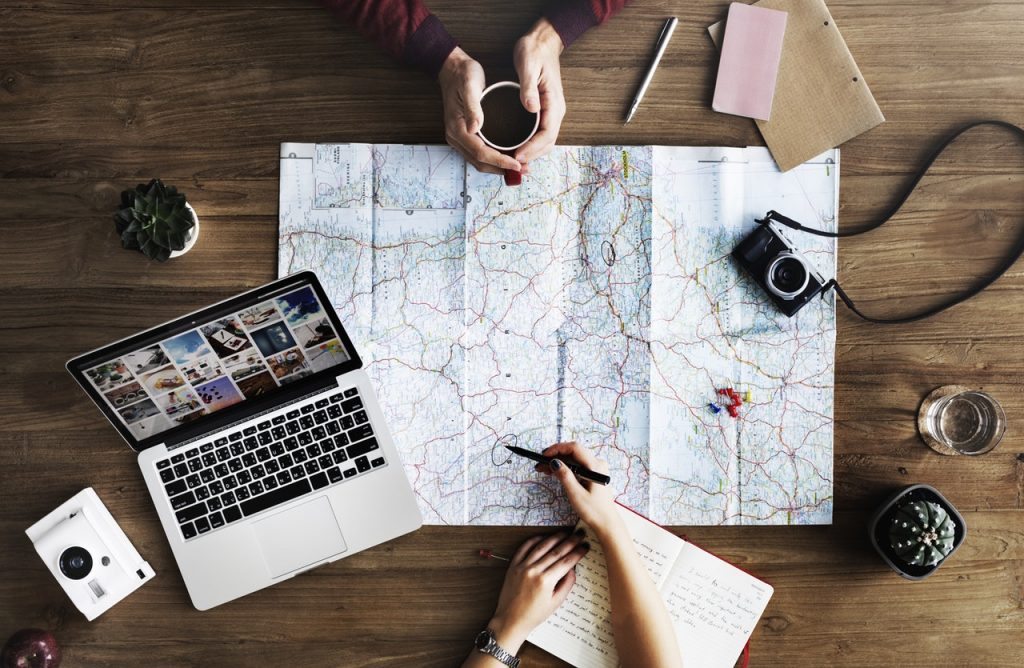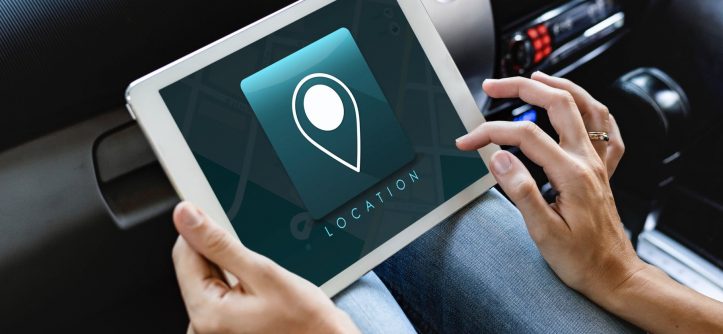For the some challenged navigators among us, satellite navigation and managed testing services has become a valued friend (and sometimes a relationship saver), directing us to our destination without the need for paper maps and arguments. Portable satellite units, or global positioning systems (GPS), have been snapped up by Australians and are utilised to discover cities, streets, beaches, airports and resorts. Nevertheless GPS units can do much more than find a point on a map. They can provide guided tours, details, background information and travel advice as you drive, cycle or walk around. By downloading the extra information to your own GPS unit before you leave home or employing a pre-programmed unit out of a local tourist center, you may use a “GPS tour” to research a city or attraction.
You may use it as an alternative to a conventional tour or a guidebook in addition. By way of instance, you may use a GPS tour when driving around a wine area. As you push, following the instructions provided by the GPS unit as it is proven to work through their managed software testing service. You can then listen to facts and suggestions about where you’re, what wines to taste in an upcoming winery or the background of the region. GPS tours are still in their infancy in Australia, however a trial has started in the Peninsula area of South Australia. The Peninsula Tourism’s Roslyn Becker says units can be hired from local visitor centers to use on a tour.

GPS touring is more easily available overseas, especially in the USA. Many companies produce guides for downloading from the internet; a few tourist boards and attractions have their own. By way of example, the Oklahoma City Zoo is one of many from the US to present Zoo Ranger GPS-based guides. The GPS units are leased for $US9.95 (about $15) and include sound, video, photographs and behind-the-scenes information regarding zoo creatures. Since the device pinpoints exactly where you are, you can then research at your own pace and make decisions along the way. The company that produces Zoo Ranger also has tours for US nationwide Parks and historic locations. Its website, barzadventures.com, has demo excerpts to give you a good idea of what to expect.
One thing to be careful of besides the annoying voices on some of the excursions is the industrial prices behind the information. A GPS tour may strongly encourage you to stop by a specific winery or restaurant because that company is sponsoring the tour. You may also see that not all tours are available for many brands of GPS units. Garmin seems to be the most popular technology for GPS tours in the United States, even though there are tours available for several different brands also. Some people use GPS units to produce their own trips to share with other people, through websites such as everytrail.com. Outdoor and travel enthusiasts can use an iPhone or other technology to record their moves; from cycling to cross-country ski, and upload the data to the website for others to see. The data generated is quite detailed: distance, average speed, elevation and satellite pictures.
You can also use a GPS device to practice your language skills as you journey by changing languages. One company has even begun producing GPS tours in sign language. Is technology enhancing our journeys or depriving us of the joy of exploration? Getting lost can be a nightmare but it may also create some of the greatest adventures, taking you to places you did not know existed or contributing to unusual encounters. Hooking up to technology can mean less personal contact, such as stopping to ask for directions or asking a neighborhood for their recommendations about what to see. Travellers are already divided into people who locate GPS technology invaluable and those who refuse to use it.







